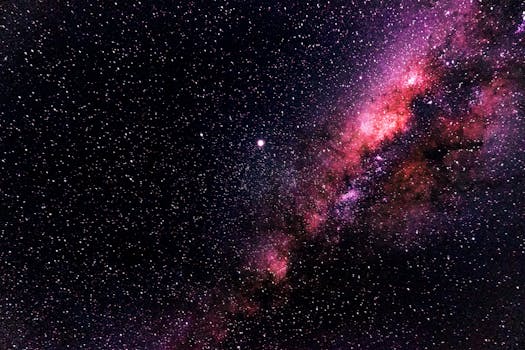
“
Beyond the Milky Way: Imagining New Worlds and Possibilities
Introduction to the Cosmos
Beyond the Milky Way: Imagining New Worlds and Possibilities is a fascinating topic that has captured the imagination of astronomers, scientists, and the general public alike. The Milky Way is just one of the billions of galaxies in the observable universe, and yet, it is our home galaxy, containing our solar system, planets, and countless stars. As we continue to explore and understand the vast expanse of space, we begin to wonder what lies beyond the reaches of our galaxy. In this article, we will delve into the mysteries of the universe, exploring new worlds and possibilities that exist beyond the Milky Way.
Understanding the Universe
The universe is estimated to be around 13.8 billion years old, with the first stars and galaxies forming around 13.6 billion years ago. Over time, these galaxies have evolved, collided, and merged, giving rise to the diverse range of galaxies we see today. The Milky Way is a spiral galaxy, consisting of hundreds of billions of stars, as well as various types of interstellar gas and dust. However, the Milky Way is not alone; it is part of the Local Group of galaxies, which includes the Andromeda Galaxy, the Triangulum Galaxy, and several smaller galaxies. For a deeper understanding of these celestial structures, check out Soaring Through the Cosmos.
Exploring New Worlds
As we explore the universe, we are discovering new worlds and possibilities at an incredible rate. Exoplanets, which are planets that orbit stars outside of the Milky Way, have been found to be incredibly common. In fact, it is estimated that there may be tens of billions of potentially habitable exoplanets in the Milky Way alone. The discovery of exoplanets has opened up new avenues of research, as scientists seek to understand the conditions necessary for life to exist on other planets. The possibility of finding life beyond Earth is a tantalizing one, and it has significant implications for our understanding of the universe and our place within it. To learn more about the implications of these discoveries, read From Stardust to Dreams.
The Search for Life Beyond Earth
The search for life beyond Earth is an ongoing and intriguing area of research. Scientists use a variety of methods to search for life, including studying the atmospheres of exoplanets for signs of gases that could be produced by living organisms. The discovery of exoplanets with conditions similar to those of Earth has sparked hope that we may one day find evidence of extraterrestrial life. While we have not yet found definitive evidence of alien life, the search continues, with new missions and technologies being developed to aid in the search.
Takeaways
- The universe is vast and complex, with billions of galaxies and countless stars and planets.
- The Milky Way is just one of many galaxies, and it is part of the Local Group of galaxies.
- Exoplanets are common, and many of them may be potentially habitable.
- The search for life beyond Earth is an ongoing area of research, with scientists using a variety of methods to search for signs of life.
- The possibility of finding life beyond Earth has significant implications for our understanding of the universe and our place within it.





